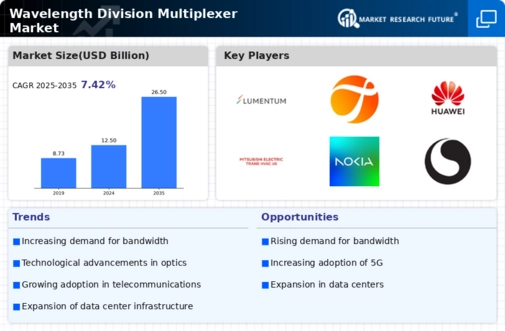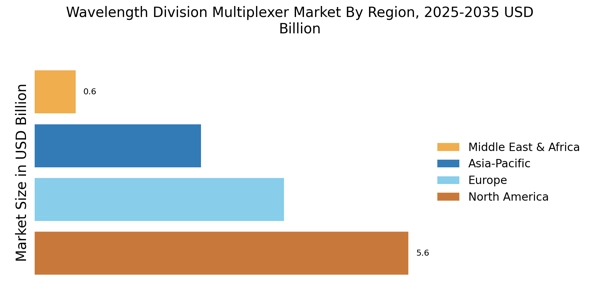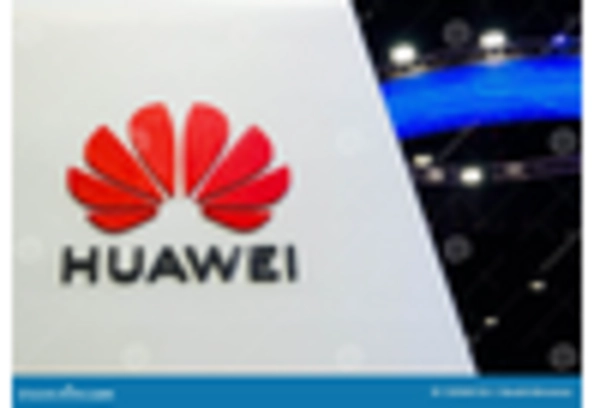Wavelength Division Multiplexer Market Summary
As per MRFR analysis, the Wavelength Division Multiplexer Market Size was estimated at 12.49 USD Billion in 2024. The Wavelength Division Multiplexer industry is projected to grow from 13.36 USD Billion in 2025 to 26.39 USD Billion by 2035, exhibiting a compound annual growth rate (CAGR) of 7.04 during the forecast period 2025 - 2035.
Key Market Trends & Highlights
The Wavelength Division Multiplexer Market is poised for substantial growth driven by technological advancements and increasing demand for connectivity.
- The market experiences rising demand for high-speed connectivity, particularly in North America, which remains the largest market.
- Integration of advanced technologies is becoming prevalent, especially in the telecommunications segment, which is the largest in the market.
- The Asia-Pacific region is recognized as the fastest-growing area, driven by the rapid expansion of data centers.
- Key market drivers include increasing data traffic and the expansion of fiber optic networks, which are essential for meeting the growing demand for bandwidth efficiency.
Market Size & Forecast
| 2024 Market Size | 12.49 (USD Billion) |
| 2035 Market Size | 26.39 (USD Billion) |
| CAGR (2025 - 2035) | 7.04% |
Major Players
Cisco Systems (US), Huawei Technologies (CN), Nokia (FI), Ciena Corporation (US), Infinera Corporation (US), ADVA Optical Networking (DE), Fujitsu (JP), Mitsubishi Electric (JP), Lumentum Operations (US)

















Leave a Comment